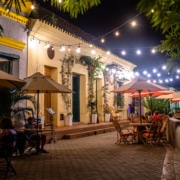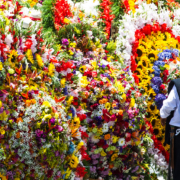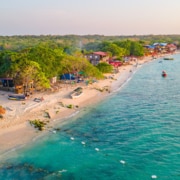Like every money-related issue, tipping can be fraught.
In the U.S., about 4.3 million people are employed in tipped wage jobs, while roughly 23 million people are gig workers: contractors on platforms “gig” platforms who often accept tips.
Yet, tipped work isn’t as commonplace in all countries and cultures. As a traveler, it’s wise to adapt to the tipping culture of the place you’re visiting when it comes to tips.
Fortunately, with this guide, you can do exactly that on your next trip to Colombia.
Tipping Culture in Colombian (Overview)
Similarly to the United States, tipped wage jobs and gig work comprises a growing part of the Colombian economy. Roughly 56% of all employed Colombians work in the informal sector, a job category where tips are often key to a stable income.
Moreover, 870,000 people in Colombia work in the tourism industry, where services are often tipped, and the gig economy grew by 16% in 2024.
Yet, while tipped wage work is more prevalent than it used to be in Colombia, cultural norms about tipping are still in flux. In surveys, Colombians hold a widely varied range of opinions about tips, and no cultural consensus has been reached.
As a result, in most circumstances, it’s a safe bet to say tips are often appreciated, but not socially expected. That is, it’s usually nice to tip for services, but it’s often not rude to refrain from tipping.
That said, every trend has exceptions. While “tips aren’t expected, but they’re appreciated,” is a good rule of thumb, it’s important to stay aware of how these norms can change in different industries and settings.
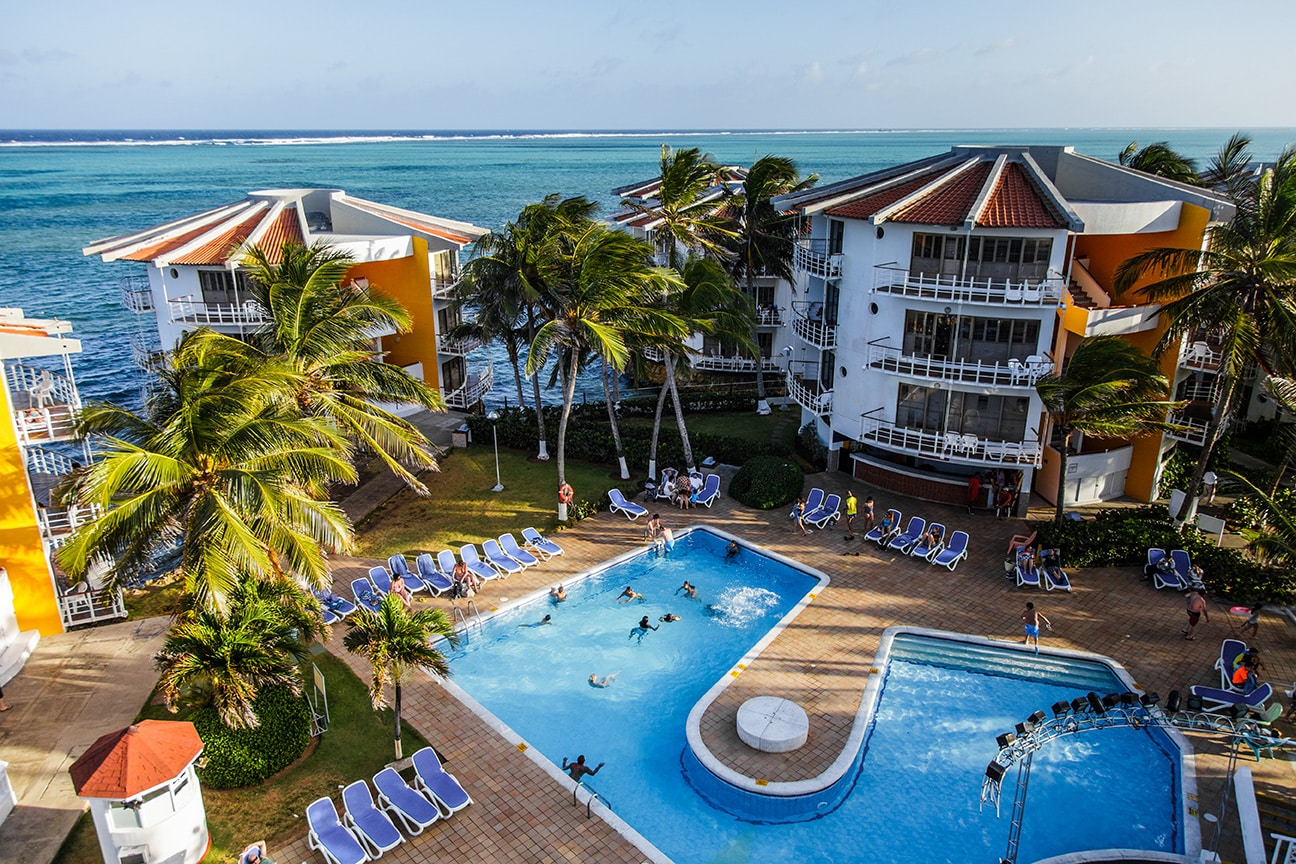
Please Tip In Cash
Colombians in service roles vary widely in how much access they have to electronic banking services or payment apps. As a result, physical cash is your best bet when it comes to tips.
The standard currency in the country is Colombian pesos (COL$ or $ COP). While there are COL$ coins, it’s easiest to stock up on banknotes for tipping.
Consider keeping lower-denomination notes on hand for tips. The typical exchange rate for the smaller banknotes is:
1,000 COP = $0.24 USD (slightly less than 25¢)
2,000 COP = $0.48 USD
5,000 COP = $1.21 USD
10,000 COP = $2.42 USD
20,000 COP = $4.84 UDS
50,000 COP = $12.10
It’s unlikely for a visitor to need any denomination above 20,000 COL$ to tip.
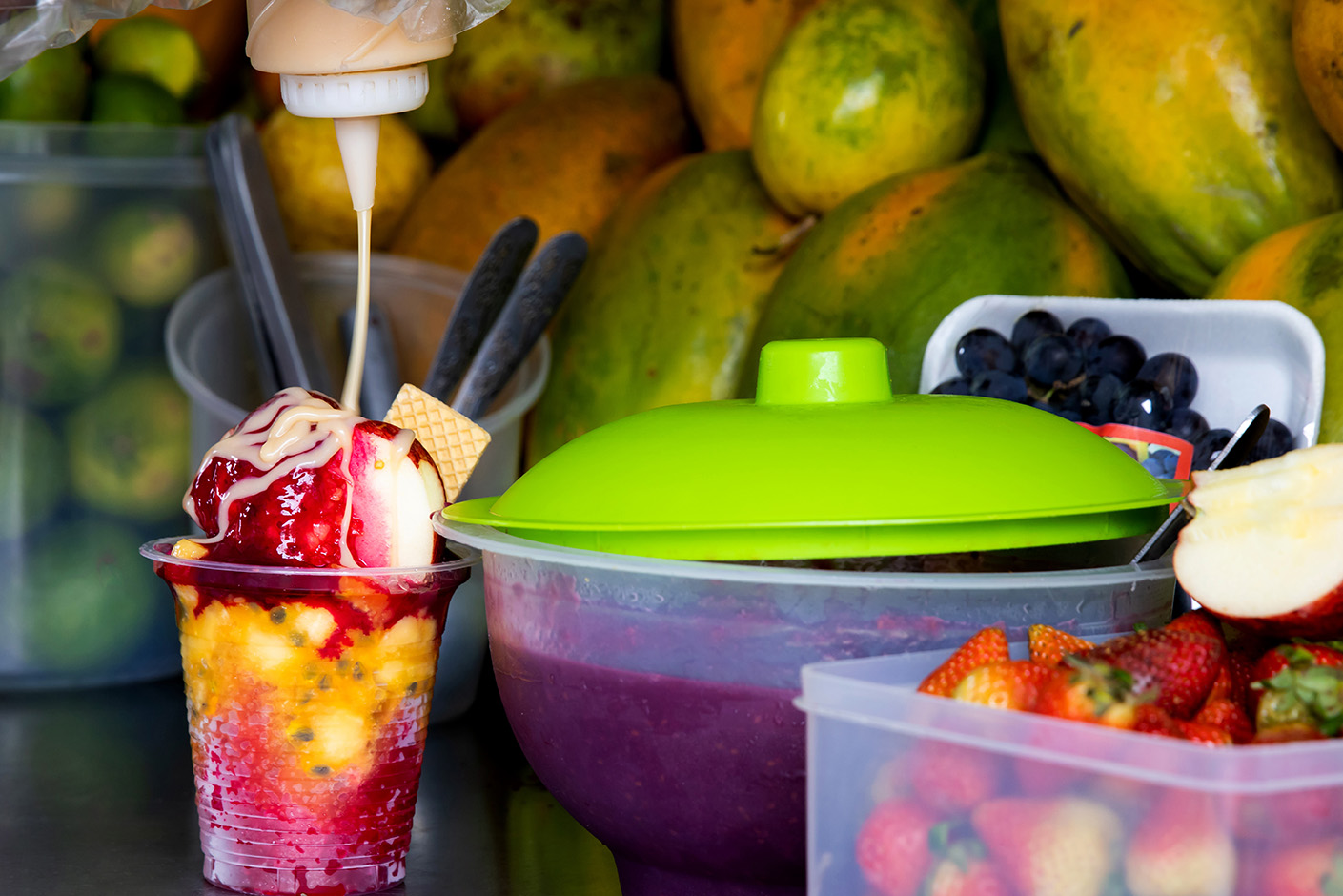
Quick Tips For Tipping In Colombia
Tipping doesn’t have to be stressful. Just keep a few strategies in mind during your travels.
- Among certain, more traditional Colombians, money is considered a private matter. So, tipping discreetly is most polite.
- Instead of handing cash to housekeeping staff directly, place it in a clearly marked envelope on the bed or a desk in the room.
- Beware of the “beach massage scam.” Unlike scammers, real massage therapists do not approach or solicit people. They also have clearly marked prices. Do not engage with scammers.
- While tipping is often polite, service professionals in Colombia will never demand a tip. There is far less social pressure to tip in Colombia than there is in the United States.
How Much To Tip In Colombia (Cheat Sheet)
Use our “cheat sheet” to determine at-a-glance how much to tip different service professionals in Colombia. Remember, higher tips are often customary in upscale establishments, and you can always tip more for outstanding service.
- Restaurant Server: 5,000 COP or10%
- Street Food Vendor: None customary. Optionally,round up to nearest 1,000 COP
- Bartender: 1,000 COP – 2,000 COP (small venue), 10% – 15% (upscale venue)
- Taxi Driver: 10%
- Rideshare Driver: 1,000 COP or 10%
- Colectivos Driver: None customary
- Massage Therapist: 10% – 15% (standard), or 10% – 20% (luxury)
- Manicurist: 15%, or more for preferred manicurist
- Hairstylist / Barber: 10% – 15%
- Hotel Housekeeping: 5,000 – 10,000 COP per room, per night
- Luggage Porter: 1000 COP per bag
- Valet: 5000 – 10000 COP per service
- Informal Tour Guide: 40,000 to 50,000 COP
- Agency Tour Guide: 10% of the tour price
- Tour Bus Driver: 5,000 – 10,000 COP per 3 hours
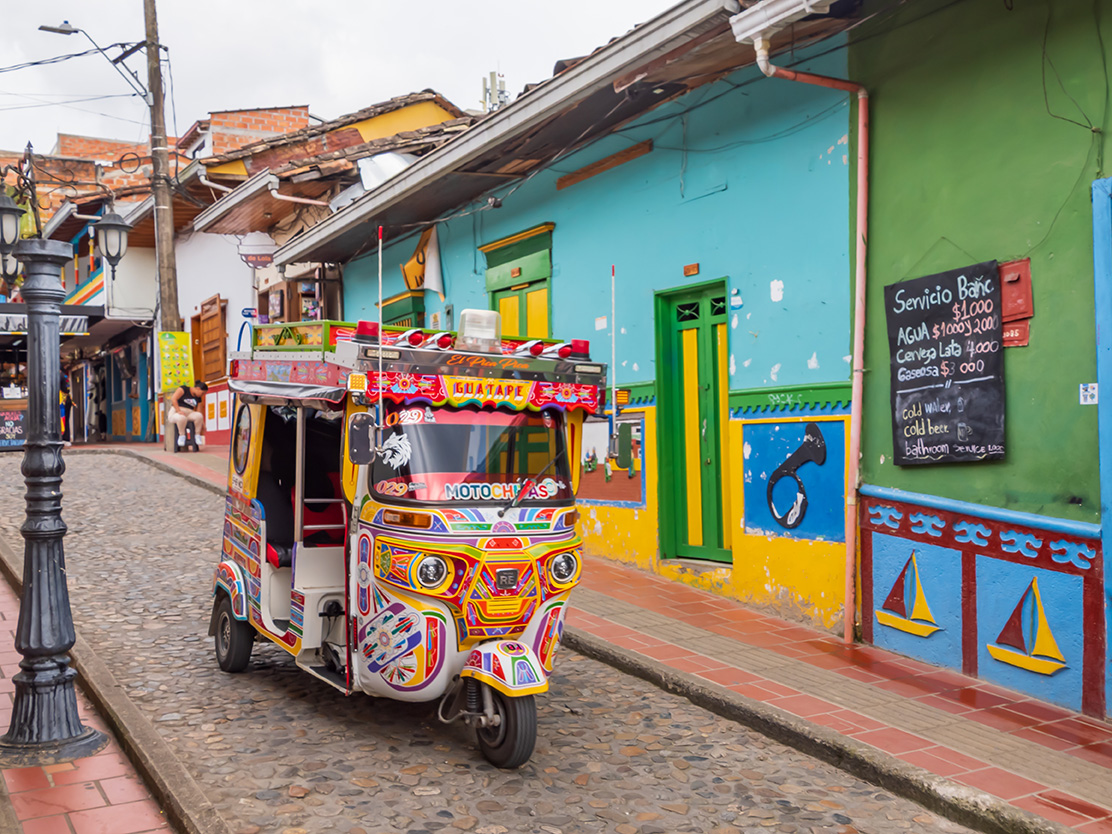
Simplify Tipping In Colombia—and Other Travel Conundrums—With Caravan
At Caravan, our dedicated travel directors make our guests’ adventures stress-free. Trips like our Colombia 10 Day Tour are all-inclusive, with curated accommodations, meals, transport, and activities booked well in advance.
Experience Colombia without all the travel-planning stress. To book your spot, just call 1-800-227-2826. Or, dial 1-312-321-9800 for more information.
